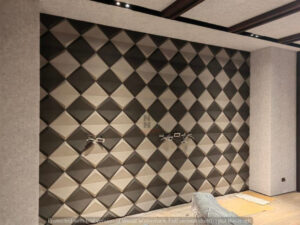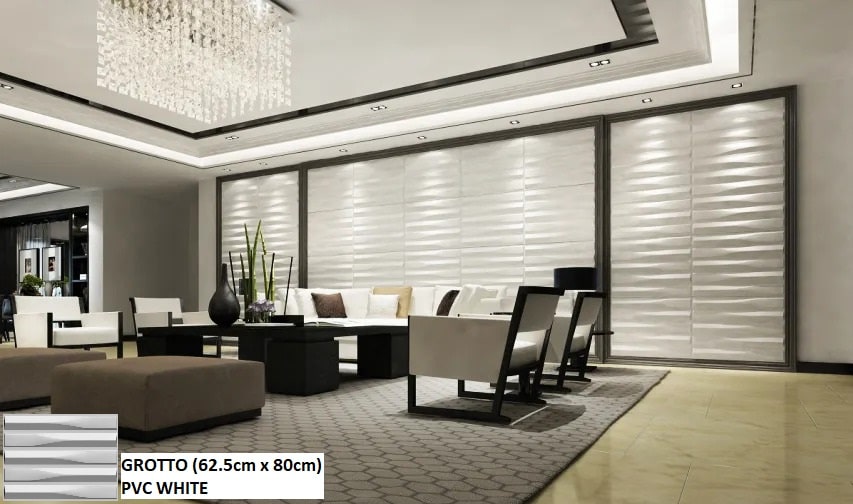Commercial spaces serve as the face of any business, influencing not only how customers perceive the brand but also how employees perform and interact within the environment. Thoughtful design for commercial spaces goes beyond just aesthetics; it plays a critical role in reflecting brand identity, improving productivity, and enhancing customer experience. Whether it’s a modern office, a trendy retail store, or a welcoming hospitality area, crafting spaces that balance style and functionality is essential for business success.
Why Design for Commercial Spaces Matters
Commercial interior design is a strategic tool that shapes the way a business operates and presents itself. A well-designed space can significantly boost brand image by visually communicating the company’s values and personality. For example, sleek, minimalist designs might suit tech startups aiming to showcase innovation, while warm, inviting interiors could better reflect hospitality or wellness businesses.
Functionality is equally important. Employees need spaces that foster productivity and collaboration, which depend heavily on effective space planning, lighting, and ergonomics. Retailers and hospitality providers, meanwhile, benefit from layouts that encourage customer flow and create a comfortable atmosphere, promoting longer visits and repeat business.
By balancing aesthetics with practical needs, businesses create environments that support their goals and leave a memorable impression on visitors.
Key Elements of Commercial Space Design
Design for commercial spaces requires careful consideration of multiple factors to ensure the space works well for both users and the brand.
Space Planning
Maximizing usable space and creating a logical flow is the foundation of effective commercial design. This involves allocating areas for specific functions like workstations, meeting rooms, customer lounges, or product displays, all while avoiding clutter or wasted space. Efficient layouts support smooth operations and positive interactions.
Lighting
Lighting affects mood, productivity, and how products or spaces are perceived. Natural light is ideal where possible, but well-designed artificial lighting systems that adjust brightness and color temperature also help create the right ambiance. For example, brighter white lights may stimulate alertness in offices, while softer warm lights enhance relaxation in hospitality spaces.
Flooring
Commercial floors must withstand heavy foot traffic while complementing the overall design. Materials like hardwood offer timeless appeal and durability, whereas vinyl provides a versatile, cost-effective alternative. Flooring choices also influence acoustics and safety.
Furniture and Carpentry
Custom-built furniture tailored to a business’s specific needs adds functionality and style. From ergonomic desks in offices to display cabinets in retail stores, these elements ensure the space is efficient and visually cohesive.
Color Schemes and Painting
Colors evoke emotions and convey brand personality. Strategic use of color can energize a workspace, calm customers, or highlight products. Expert painting services help execute the chosen palette with precision, creating the desired atmosphere.
Commercial Interior Design Services to Consider
Businesses seeking to improve their commercial spaces often rely on professional design firms that provide comprehensive services.
Design Consultation
Expert guidance helps define the design direction, aligning aesthetics with brand identity and business objectives. Consultants assist with space planning, décor choices, and functional layout recommendations.
Project Management
Managing a commercial renovation or redesign can be complex. Skilled project managers coordinate contractors, suppliers, and schedules to ensure smooth execution, timely completion, and quality results.
Demolition and Reinstatement
Safe removal of old fixtures or structures is essential to avoid disruptions and maintain safety standards. Reinstatement services restore interiors to original conditions, a necessary step for businesses ending leases or relocating.
Electrical Work
Reliable, code-compliant electrical solutions are critical for safety and efficiency. This includes wiring, lighting installation, and integrating technology suited to the specific needs of the commercial environment.
How to Choose the Right Commercial Interior Design Firm
Selecting a design partner impacts the success of any project. Look for firms that demonstrate:
- Relevant Experience: A strong portfolio showcasing diverse commercial projects reflects expertise.
- Understanding of Your Brand: Designers should grasp your industry and brand identity to create spaces that resonate.
- Quality and Craftsmanship: Use of durable materials and attention to detail ensure lasting results.
- End-to-End Project Management: Firms that handle everything from concept to completion reduce stress and improve coordination.
Trends in Design for Commercial Spaces
Design preferences continue to evolve, with several trends shaping modern commercial interiors:
- Minimalist and Modern Styles: Clean lines and uncluttered spaces emphasize functionality and sophistication.
- Sustainability: Use of eco-friendly materials and energy-efficient systems reflects growing environmental awareness.
- Technology Integration: Smart lighting, automated climate control, and collaborative tech tools enhance comfort and efficiency.
- Flexible Workspaces: Movable furniture and multipurpose areas adapt to changing business needs, especially in offices.
Takeaway
Effective design for commercial spaces goes far beyond decoration. It’s about creating environments that align with brand identity, enhance functionality, and support the goals of businesses across industries. Thoughtful space planning, quality materials, and professional execution come together to build spaces that inspire employees and captivate customers alike. Investing in expert commercial interior design can deliver measurable benefits, transforming ordinary spaces into powerful assets that drive success.











